Are Online Delivery Companies Looting Customers In The Name Of Convenience? Is This Supremacy Of Convenience Over Cash Really Convenient?

Upma, ₹40 from the Restaurant (Offline), and ₹ 120 from Zomato (Online), for an overall bill of ₹320 from the restaurant and ₹740 from purchasing it from Zomato.
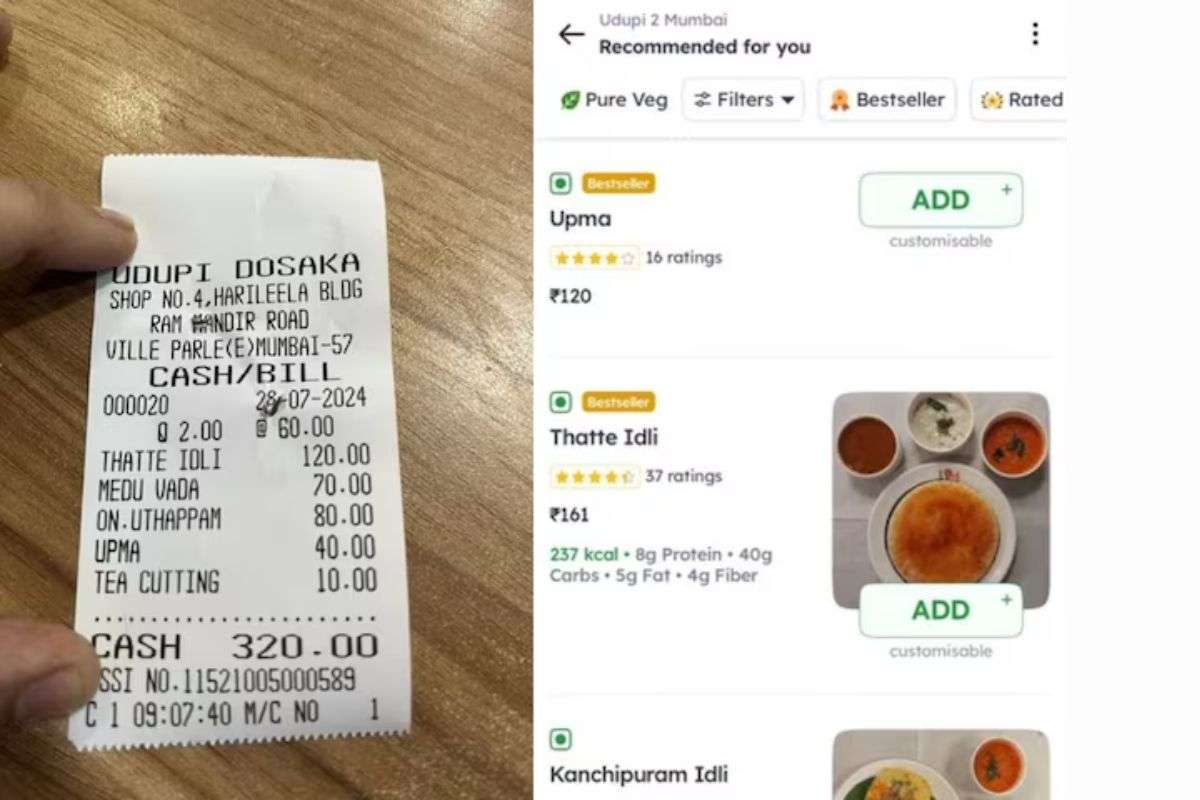
It is a common topic of debate nowadays on X whether what we are being charged as a ‘convenience fee’ by these delivery apps is really convenient for us, or are we, the customers, overcharged for everything?
Let’s try to decode this. Purchasing food(s) from a restaurant with its bill, then buying the same food(s) from Zomato and then comparing both the bills to get surprised by how food delivery companies are charging the customers is not any new thing now. No doubt, there is no ‘free lunch’. To a certain point, accepting the convenience fee for the service you get at your doorstep is justified. However, not many people are aware that the food they purchase from these food delivery apps is sold at inflated prices.
Who doesn’t want their meal brought hot and fresh to their doorstep in minutes? It’s very convenient to be able to order whatever dish we want from any restaurant with just our fingers—you’ll just need a phone! However, in the middle of all the excitement and hunger pangs, we sometimes forget to check if we are paying the correct amount for the meal we are receiving or whether we are being overcharged.
Let’s brief what these delivery apps, or more precisely, the food delivery apps, do. They act as a middle person between you and your favourite food/commodity. So when you want something, run your fingers on your smartphone, and within minutes/hours, the product you demand is delivered to your doorstep by a jinnie called the delivery executives. So, the money you are paying is broadly distributed among three categories- the restaurant, the company and the delivery executives. So, let’s try to break down and see the components of these levied charges.
The restaurant- The traditional place from where the food comes.
Service fees and extras- First, there are numerous fees added to each order. Service costs, delivery fees, and perhaps a small order fee if you only want one favourite naan or you want to add a dip. These costs might vary greatly by app and city, making it difficult to determine exactly how much you’ll spend until you reach the checkout. However, these small services of getting a dip may or may not be charged when you are sitting in the restaurant, but it will most probably be charged if you order in on your food delivery app.
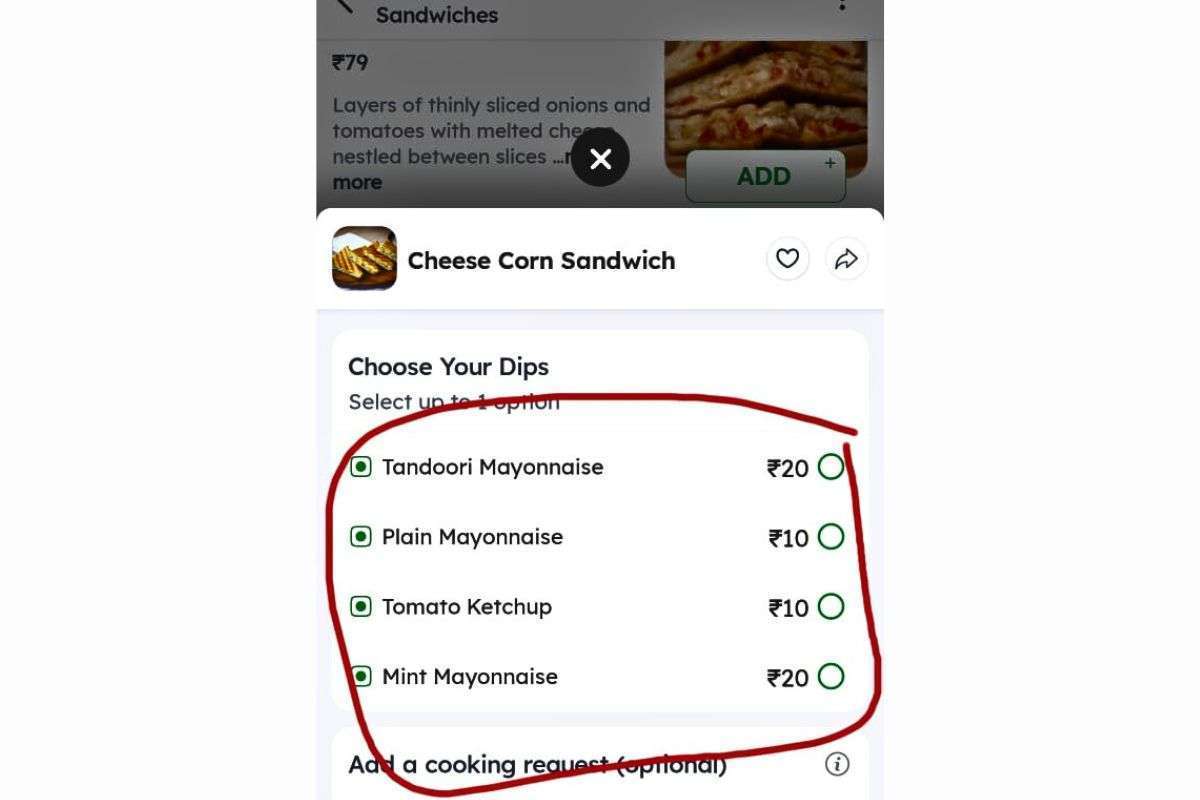
Restaurant Increases- Have you ever noticed that a ₹7 roti from a restaurant prices ₹10 on the app? Many eateries increase their rates on these platforms to inflate the fees they must pay to the app. So, definitely, the customer is indirectly effectively helping the eatery break even.
Many a time, when such kind of comparing posts of restaurant bills and Zomato bills is updated on X or any other platform, Zomato take cognisance of it and mentions that the prices on their platform are solely governed by their restaurant partners, which is true. One same dish, for example, aloo paratha, may be charged less expensive by a ‘student mess’ but will be charged more from a fancy restaurant, which is the obvious case in physical eateries as well. So the charges we pay definitely involve restaurant partners’ opinions. Sometimes, the last charge to pay for a few items can go down from their actual MRP after applying a discount.
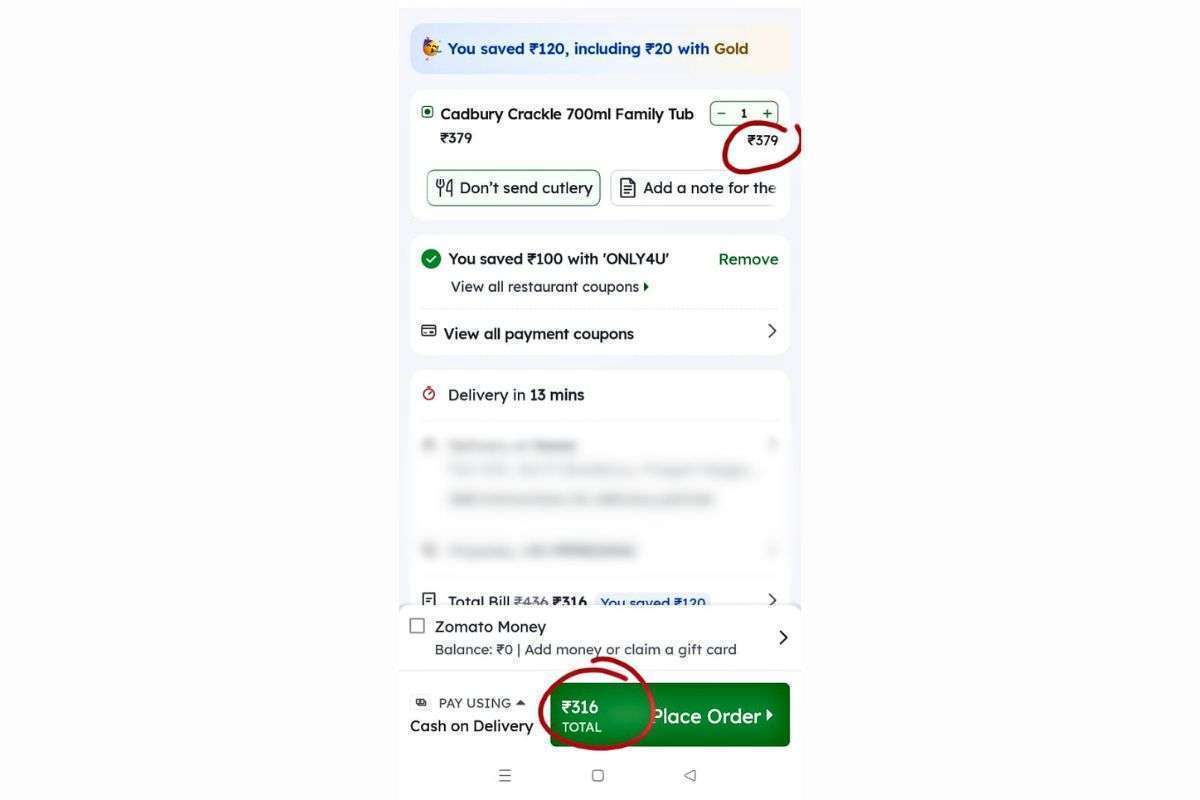
Second, there are the Jinny—those delivery executives who, after crossing every hurdle of weather and traffic, get your favourite food or commodity delivered to your doorstep.
The delivery executives do not work for free. Moreover, these logistics partners are now officially recognised as an important part of our gig economy. So the prices we paid make up to their salaries as well.
Lastly, the company- the middle person between you and your favourite food.
Running a high-tech platform is costly. These firms invest much in technology, customer service, and marketing to keep their apps at the forefront of your mind (and smartphone), and dominate the industry.
Delivery Fee- Apps charge a delivery fee to cover the expense of delivering your meal from the restaurant to your door. This cost may vary depending on factors such as distance and location. Restaurants may occasionally provide free or cheap delivery, particularly if you purchase a large quantity.
Platform Fees- Platform fees are different from goods and services tax, restaurant charges, and delivery expenses. These fees are critical to the company’s revenue and expense management. Swiggy began charging platform fees in 2023, and Zomato followed suit. In specific cities, Zomato’s costs climbed progressively from Rs 2 in October 2023 to Rs 5 in April 2024. Earlier this month, Swiggy and Zomato raised their platform costs to Rs 6 per order in Delhi and Bengaluru. This new cost, which is 20% more than the previous rate, applies to all consumers, regardless of whether they are Gold or other membership levels.
The concept of platform fees is not only in the online food delivery domain. These are fixed costs that are applied to every order, similar to the convenience charges that companies like BookMyShow or MakeMyTrip apply to every ticket booking. Quick-commerce services such as Swiggy Instamart, Zomato-owned Blinkit, Zepto, and Big Basket’s BB Now all charge these fixed fees for each order.
How are these ‘platform fees’ important for the companies?
Delivery platforms generate revenue from two sources: customers and suppliers (restaurants, driver-partners, dark store operators). For years, consumer internet firms using the marketplace model have provided services to customers while incurring significant losses. To become unit economics positive, these enterprises may pull a few levers to boost their take rates or the amount they make on each order. For example, in the case of food delivery, Zomato or Swiggy might raise the commissions they charge eateries, collect platform fees, or lift the ante on ancillary revenues like advertising money.
The two companies expect the charge rise to dramatically increase revenue. Swiggy and Zomato serve roughly 20-25 lakh orders per day, with additional platform fees potentially generating Rs 1.25 to Rs 1.5 crore per day. This money is significant since businesses face a cap on the commissions they may charge restaurants, and has been a source of contention.
Zepto, a rival, implemented a platform fee earlier this year, garnering an additional Rs 11 million per day from its 5.5 lakh orders. Meanwhile, Swiggy announced a 45% increase in operating revenue for the fiscal year ended March 2023, despite a 15% increase in net loss. Zomato also saw tremendous revenue growth, with a 69% rise in FY23.
As mentioned earlier, till a certain point, these platform fees are needed to run the business and hence justified. Moreover, since we are getting the service delivered to our doorstep without wasting our fuel and time, we should be okay with these charges as a fee charged for ‘our convenience’. However, there is another game running either on the pretext of convenience or the extra charges levied by the company to improve their financials, and all of these extra charges that we pay are either a function of our ‘time is money’ thought or ‘the delivery executive’s tip’.
Peak hours or Surge Pricing.
Choosing to order during a rainstorm or the unexpected event of your guests coming? Then works the concept of surge pricing—a dynamic pricing strategy that raises rates as demand surges. It is the price we pay for convenience during busy hours. Moreover, your desire to purchase food increases the price as well. Imagine you browsed your food ordering app and saw your favourite ice cream at a certain price. You leave it on the cart, thinking you will order it when your favourite cricket match starts.
Bingo, that’s where you get caught in the cycle of these online apps. See the price afterwards, and you will observe that the same ice cream that you kept in the cart is now available at a higher price, or the discount present earlier is now not available. This same phenomenon occurs with every online company, whether they are e-commerce websites like Amazon or Myntra or service providers like MakeMyTrip or BookMyShow.
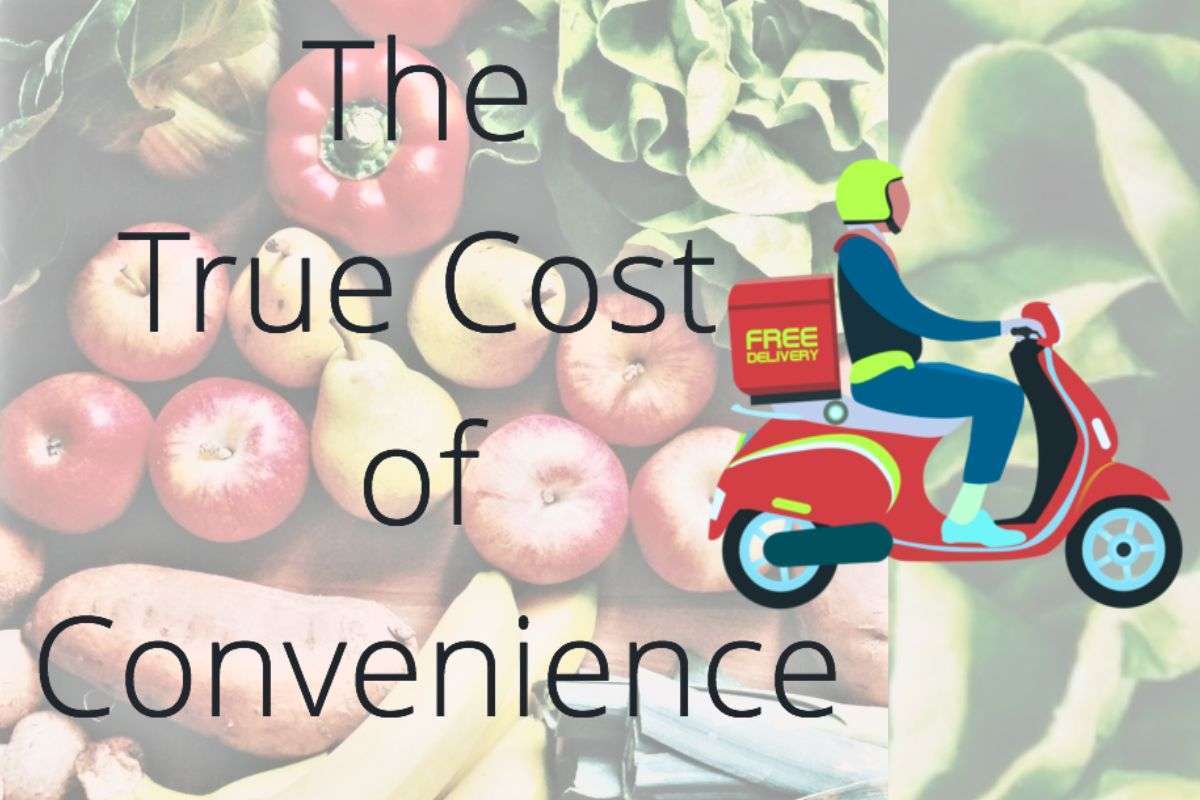
Driver Compensation: The Reality Behind the Wheel.
Tips- Tips can significantly affect a driver’s take-home income. In fact, for many drivers, a tip exceeds their regular wage for deliveries. This reliance on tips to augment revenue emphasises the fragile nature of their income. While consumers are urged to tip generously, particularly during peak demand periods such as poor weather or holidays, the need for tips to earn respectable pay highlights the insufficiency of the apps’ base remuneration.
The other is fee keeping in mind the ease of delivery executives.
Have you ever seen a ‘Rain fee’ collected from these online delivery apps? Now, who might be getting into the rain—the company or the delivery executives? Of course, the latter. But this is not the game! The breakdown of these earnings might be alarming. Despite their critical role, delivery executives often receive only a small portion of the pie, with the majority of the money returned to the company.
These fees, like the ‘rain fee’ during harsh weather, are often not paid to the delivery executives. An article titled ‘Surge charges on rainy days not paid to delivery executives’ shows how these companies are charging on the game of emotions! Furthermore, the expenditures incurred by drivers when making deliveries are generally underestimated. These expenses include fuel, vehicle maintenance, insurance, and vehicle depreciation. Unlike regular employees who may receive perks or reimbursements for such expenses, gig economy workers, such as food delivery drivers, generally bear all of these costs themselves, further reducing their real earnings.
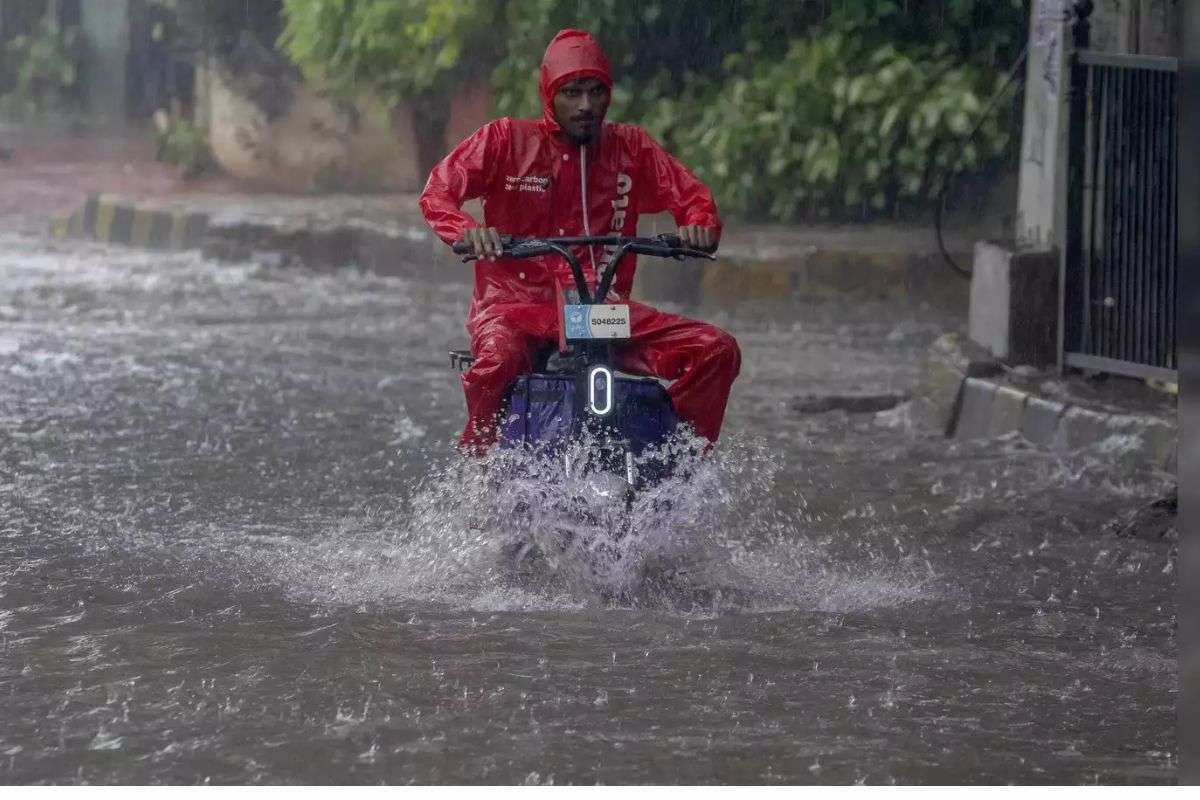
The difference between what customers pay and what drivers receive is stark. While food delivery firms promote flexibility and the chance to earn a lot of money through their platforms, many drivers face a difficult struggle to make ends meet. This approach puts a huge responsibility on drivers to handle high operating costs and inconsistent income streams, all while the majority of customer payments go back to the firm.
The new economics of demand: the supremacy of convenience over cash. But is this convenience really ‘convenient’?
We’ve been in the convenience economy long enough for it to be considered a definite phrase. Today’s life revolves around having things manufactured, done, or delivered with the least amount of disruption to our schedules or mental or physical effort. There are several benefits to adopting this lifestyle. The most frequently mentioned benefit is, of course, the time saved. Another example is the checks and balances implemented by organised convenience service providers to ensure product or service quality.
However, what we miss to observe what is the literal meaning of ‘time saved’ or ‘received better’.
The myth of time.
The convenience economy’s biggest advertised benefit is that it frees up time that would otherwise be spent looking, finding, waiting, and following up. But is this actually the value enhancement that it claims to be? The saved time is only beneficial if we utilise it for something meaningful or constructive, which is often not the case.
We generally order from a food delivery app or quick commerce app thinking that the time saved on going to the shop, purchasing the item, and coming home will be utilised in something productive. But is it really the case? In the majority of situations, the answer is NO. We spend that so-called save time in what we call the chilling time of watching movies or Netflix. It may be ok for an event or two, but making it a habit will definitely burden your pockets because every day, one will not get enough discounts, or even if they have the Gold membership of apps, the chargers levied by delivery platforms of the restaurants can vary as per time.
The same phenomenon of ‘so-called saved time’ occurs not only in food delivery but also in other quick commerce segments. For example, when you switched to ordering groceries and vegetables online, you might think this would be the time that you saved. However, there are large possibilities that what you ended up doing instead was sleeping an extra hour, being online, or watching TV, none of which brought you any meaningful pleasure.
What one also didn’t realise was that we were getting a lot of exercise by doing actual grocery shopping or taking food from restaurants or dine-out facilities. Walking up and down aisles, waiting in lines, carrying moderately filled shopping bags to the car, thinking of selecting the food; all of this added up to a significant amount of physical exercise that we were now entirely missing out on. In an age where sitting is regarded as the new smoking, this is something to worry about.
The pitfall of ordering more than you require.
Many a time, you may see discounts like ‘50% off on adding more 129’. You never know how much that 50% is, and you end up adding more value to your cart, which you do not need. If it becomes a more frequent habit, then this bill at the end of the month will definitely inflate your budget.
The Convenience Habit.
Online food delivery firms have transformed the way we eat. More and more homes that used to eat basic, home-cooked meals now buy unusual, pricey dinners on a regular basis. It all makes sense; the inconvenience of getting dressed and going out to buy something used to be a barrier, and many would opt not to do it at all. Moreover, the increase in disposable income of today’s people is giving roads to more penetration of these food delivery/online delivery apps.
However, a new feature from Zomato called ‘Healthier Suggestions‘ proposes healthier choices to customers when buying food online. For example, the feature may recommend roti rather than naan. According to Zomato CEO Deepinder Goyal, the function has gotten a favourable reaction, with a 7% attachment rate.
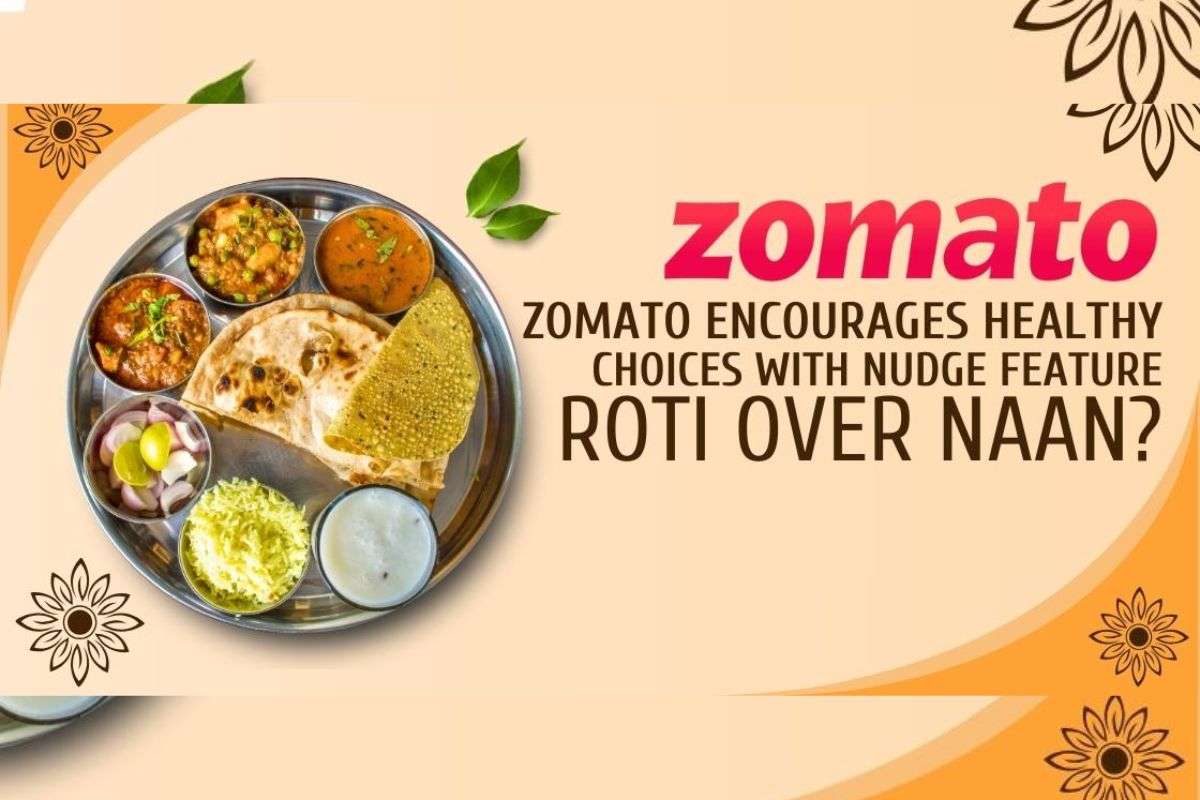
So, should we go back to the Stone Age and leave all convenience?
That would be a lose-lose situation for everyone involved. To make wise use of these services (or, in other words, to avoid being duped), we must exercise caution in determining when convenience is truly important rather than simply convenient.
Moreover, companies need to be mindful of charging their customers and should be held accountable by the law if they dupe customers in the name of a ‘rain fee’ or something. Every component of society should benefit from a service. In most cases, it is the company that gets the most of the funds, making customers feel gouged by an avalanche of fees, the restaurants feeling gut-punched by the commission apps take from them, and certainly, delivery workers who carry the actual baggage of real problem of Indian roads and make the deliver, and even the last-mile delivery possible.




